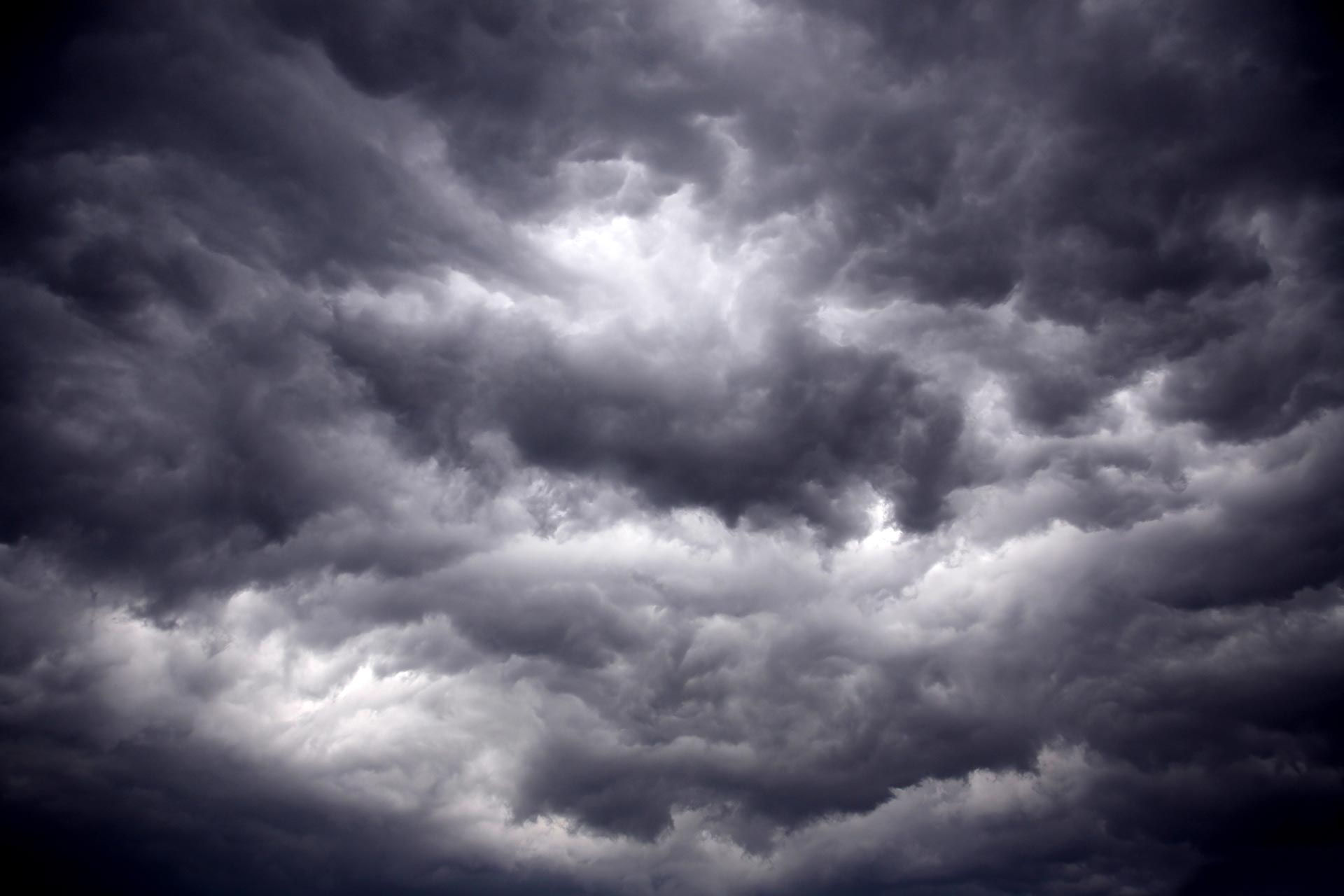CATCH THEM BEFORE THEY DROP...
Fall colors have been reaching their peak across the Midwest. The lack of rain recently allowed for the colors to be prolonged. However, with another chance for rain this week and more wind the leaves will likely be dropping soon.
Here's the look at the fall color progress via ExploreFall.com:

Fall colors typically peak toward the end of October in southeast Iowa into northwest Illinois.
Here's some of the science behind the changing of the colors:

So the factors that influence leaf color are leaf pigments, length of night, and the weather. The biggest factor are the long nights in autumn, triggering the change. From the US Forest Service: "In early autumn, in response to the shortening days and declining intensity of sunlight, leaves begin the processes leading up to their fall. The veins that carry fluids into and out of the leaf gradually close off as a layer of cells forms at the base of each leaf. These clogged veins trap sugars in the leaf and promote production of anthocyanin. Once this separation layer is complete and the connecting tissues are sealed off, the leaf is ready to fall."

You may have noticed a lot of yellow this year, though. And that's because the weather plays a role.
Here's more from the Forest Service:
"The amount and brilliance of the colors that develop in any particular autumn season are related to weather conditions that occur before and during the time the chlorophyll in the leaves is dwindling. Temperature and moisture are the main influences.
A succession of warm, sunny days and cool, crisp but not freezing nights seems to bring about the most spectacular color displays. During these days, lots of sugars are produced in the leaf but the cool nights and the gradual closing of veins going into the leaf prevent these sugars from moving out. These conditions – lots of sugar and light – spur production of the brilliant anthocyanin pigments, which tint reds, purples, and crimson. Because carotenoids are always present in leaves, the yellow and gold colors remain fairly constant from year to year.
The amount of moisture in the soil also affects autumn colors. Like the weather, soil moisture varies greatly from year to year. The countless combinations of these two highly variable factors assure that no two autumns can be exactly alike. A late spring, or a severe summer drought, can delay the onset of fall color by a few weeks. A warm period during fall will also lower the intensity of autumn colors. A warm wet spring, favorable summer weather, and warm sunny fall days with cool nights should produce the most brilliant autumn colors."
While we had a wet start to the summer, drought redeveloped. There have been some vibrant spots, but I've noticed a lot more yellows likely due to the recent dry spell.
Hopefully you've gotten a chance to enjoy the fall colors!
Rebecca Kopelman











Comments